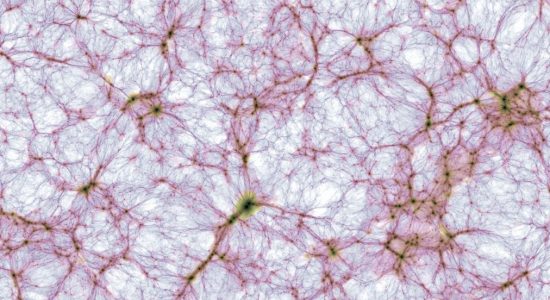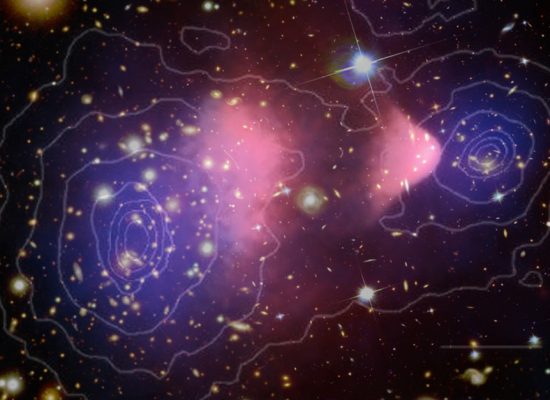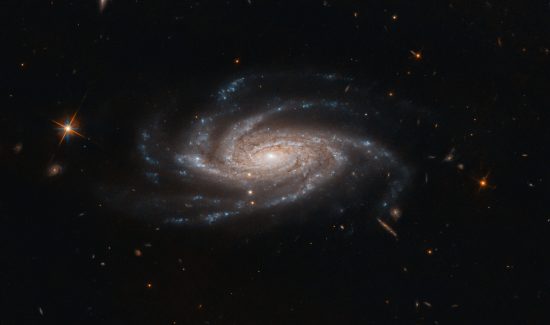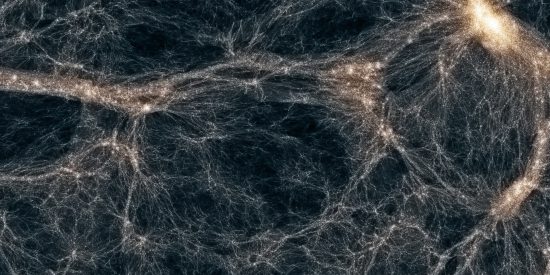EVIDENCE
An overwhelming number of independent observations paint an image of our Universe where its evolution is dominated by two components, the exact natures of which are still widely unknown: dark energy and dark matter.
While dark energy appears as an almost uniformly-distributed energy density responsible for the accelerated expansion of the Universe, dark matter is a new kind of non-luminous matter that is (so far) imperceivable via any interaction except gravity.
This section introduces evidence for dark matter from large to small scales, as well as the two most popular particle candidates.

![Planck Data – Magnetic field lines traced by dust emission at 353 GHz [Feb 2015] Planck Image Gallery](https://xenon-website.lngs.infn.it/wp-content/uploads/elementor/thumbs/2015_353GHz_B-field-qp9ehldx0fv5yda5n9kaos9uakjrtalg8ko6nl74tc.png)





